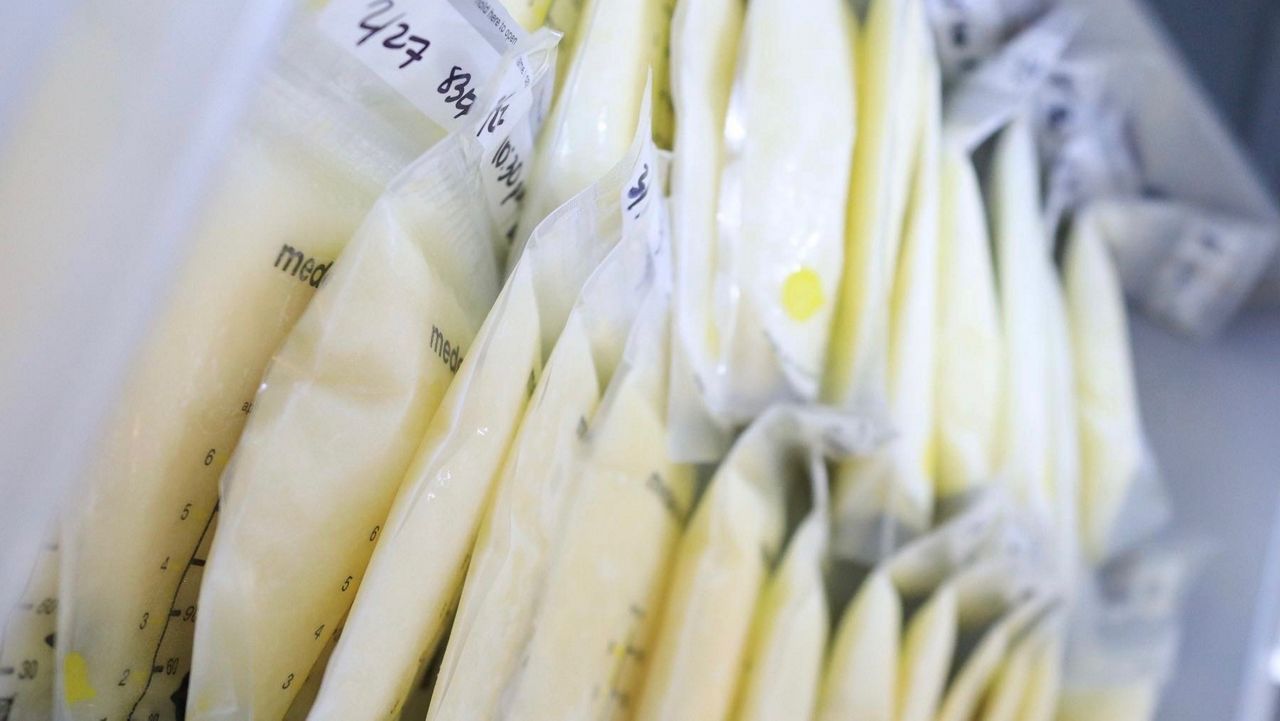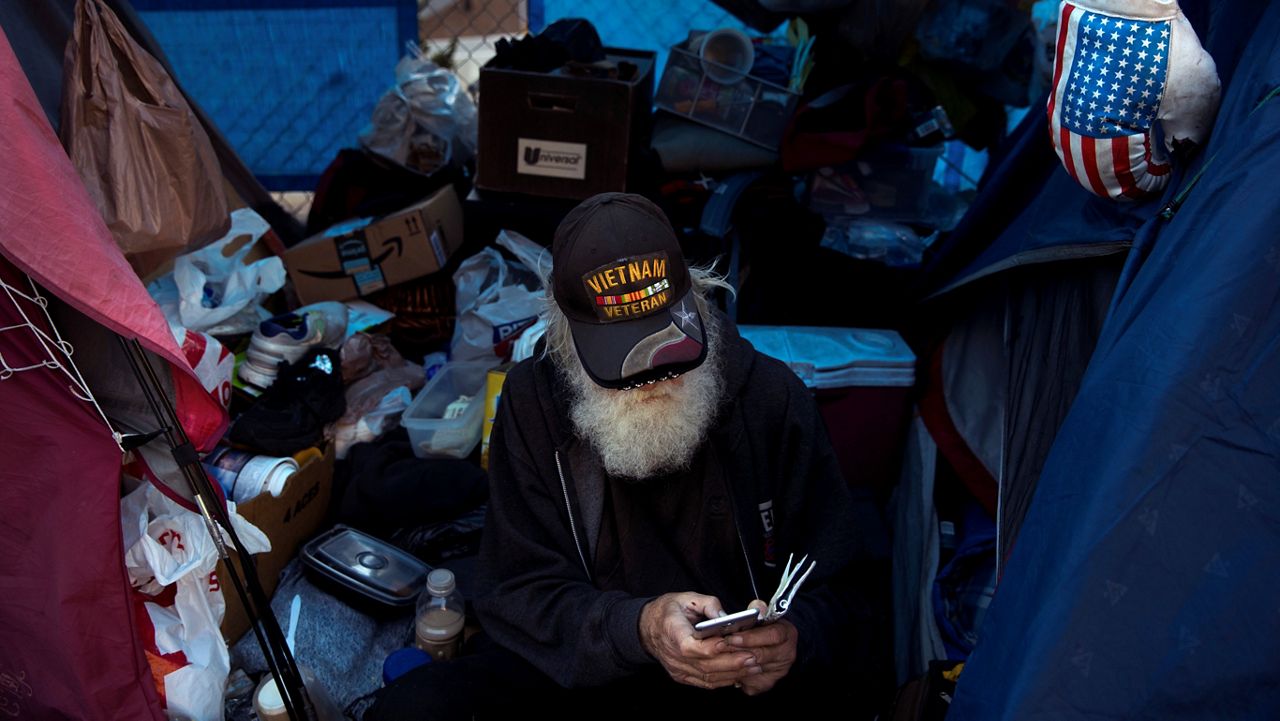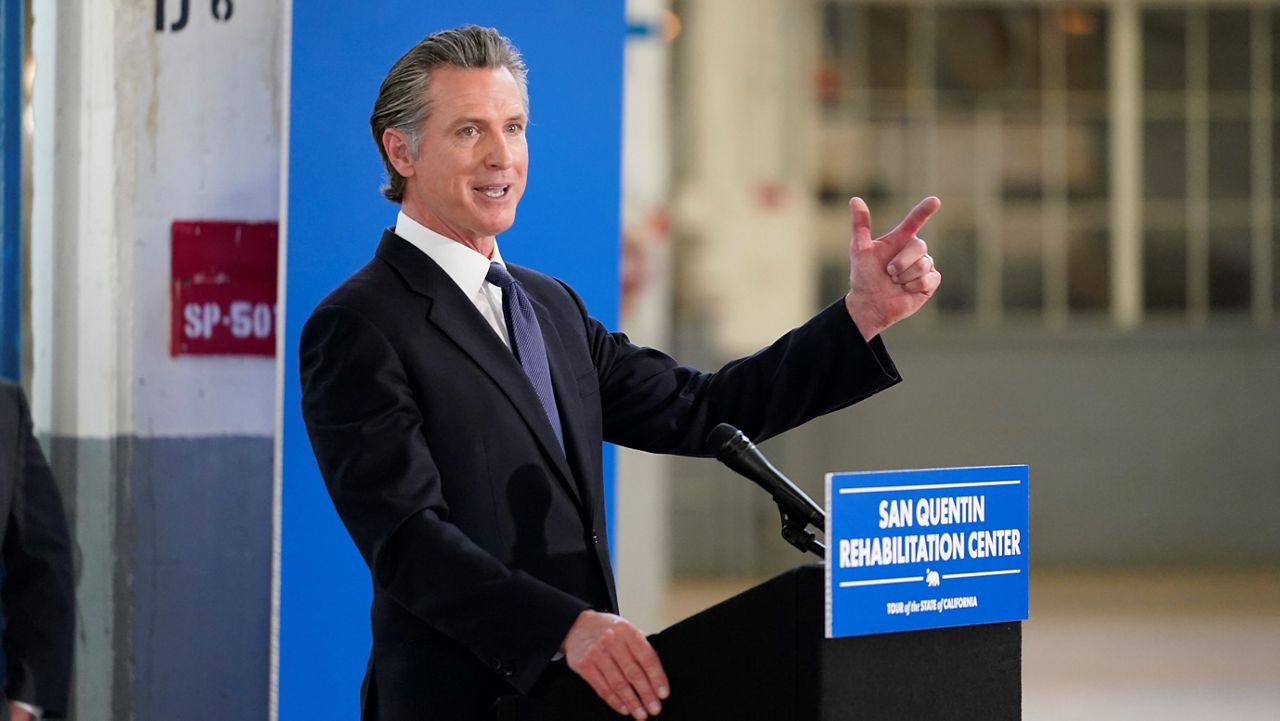Spray paint scrawled on buildings and windows with sayings like “I can’t breathe” and “Care Not Cops” can be seen across Southern California following protests over police brutality in recent months.
Susan Phillips, professor of Environmental Analysis at Pitzer College and author of the book The City Beneath: A Century of Los Angeles Graffiti tells Inside the Issues the writings “crystallizes messages and slogans that people are adopting” during civil unrest.
“You can look at the walls during times of protest as an outsider and you can come in and you can gain a literacy and a fluency in the movement and literally, like the snap of a finger, if you begin to understand what the symbols mean and what people are talking about, it's just a wonderful entry point into the things that matter most,” she said.
In this case, Phillips said, what people are seeing are those issues that matter most to Black Lives Matter including defunding the police, creating Care Not Cops, critiquing police violence and asking for accountability.
“It’s rearticulating, again and again, the last words of George Floyd and many, many other people, which is ‘I can’t breathe.’ It’s writing people's names on the walls, again and again, so we see them, so we say their names and that visual messaging is so important, it’s so critical,” she said.
It’s “critically important” in times of protest that people are out in the streets, because cities like to control what’s happening on the streets and protests have a pathway to do so. The difference with the recent protests are those who did not participate but could later see the aftermath in the news and on social media.
“Graffiti also has a way of creating longevity. So, even after the protests have dissipated, you get rioting in the streets that continues to carry that message that protesters were trying to spread as they were occupying the streets with their bodies,” she said. “And so you get a tandem thing which is whitewashing that ends up disappearing those messages in a way, but for the moment, and oftentimes for longer than the protest itself, those messages are out there in the public sphere and it's a really powerful way to take advantage of public space for the purpose of social change.”
There are two primary lexicons coming together in this particular wave of protests, Phillips said one of these is the Black Lives Matter movement paired with anarchism. Phillips said the movements have come together, in a way, adopting each other's slogans. One of those being A.C.A.B, which stands for “All Cops Are Bastards.”
“It's something that’s just recently arrived on the scene in the United States, outside of a very select group of people who knew what it meant,” Phillips explained.
Another common thing for some graffiti is to replace a letter for a number as an encoding device. So, in the case of A.C.A.B., you might see a “1312” in its place, with the number corresponding to its order in the alphabet. Other common acronyms are FTP, or “F--- The Police,” and DTP, “F--- Donald Trump.”
“There's a lot of cultural piecing together of this language that ends up being circulated and written and read on the streets. Every city, I would say, has its own particular spin that it puts on writing. I saw things calling out Mayor Garcetti. I saw things calling out the chief of police here,” she said.
There are also gangs who are writing political graffiti, using the acronyms and adding their name next to it.
“There's lots of people who are coming together, who are either already graffiti writers and merging their existing graffiti genre with this new language,” Phillips said. “It's really exciting to see because what it represents is a real coming together of people, a building of solidarity across multiple sectors of society and that's the thing to me that gives this social movement more power than anything I've ever seen in my lifetime.”
Let Inside the Issues know your thoughts and watch Monday through Friday at 8 and 11 p.m. on Spectrum News 1.











